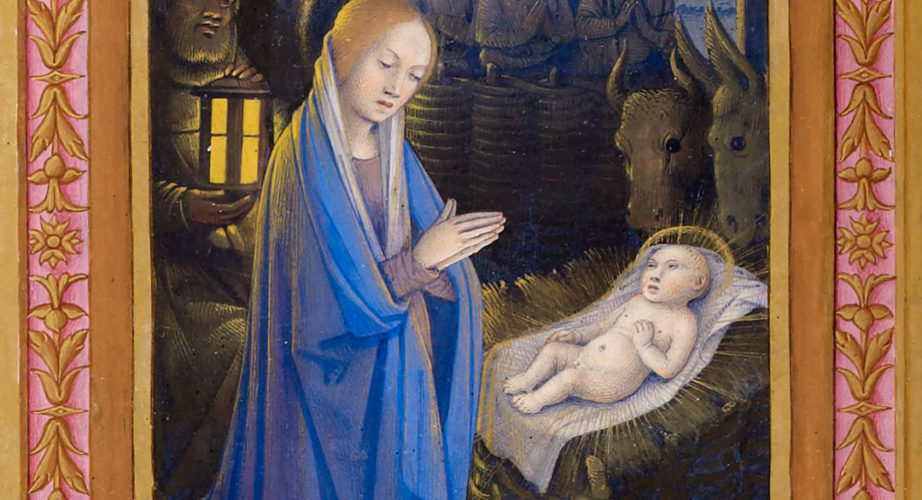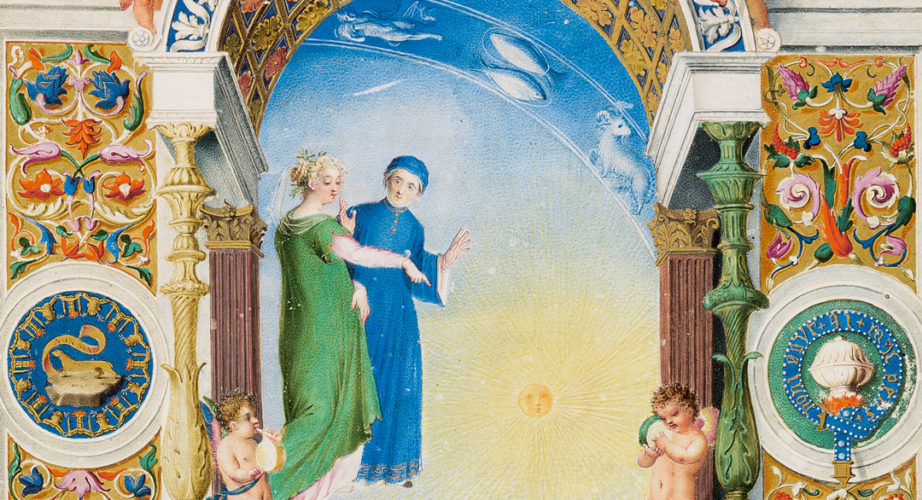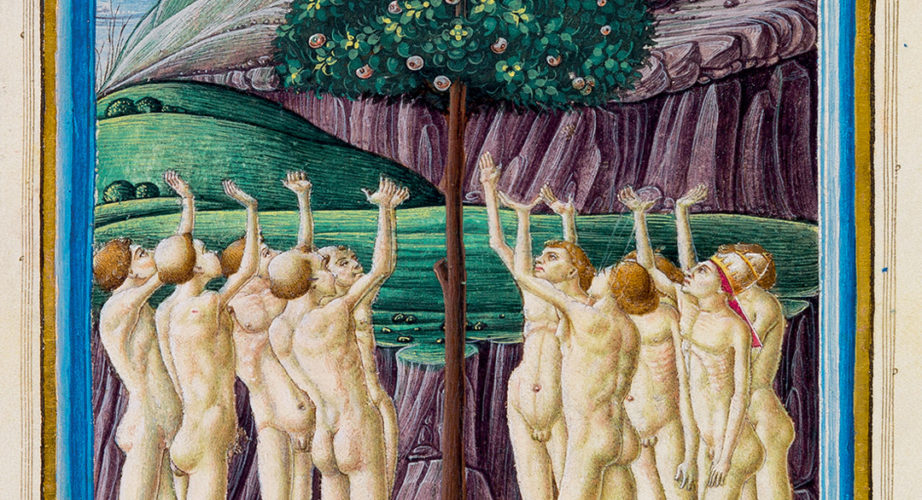Timur the Great
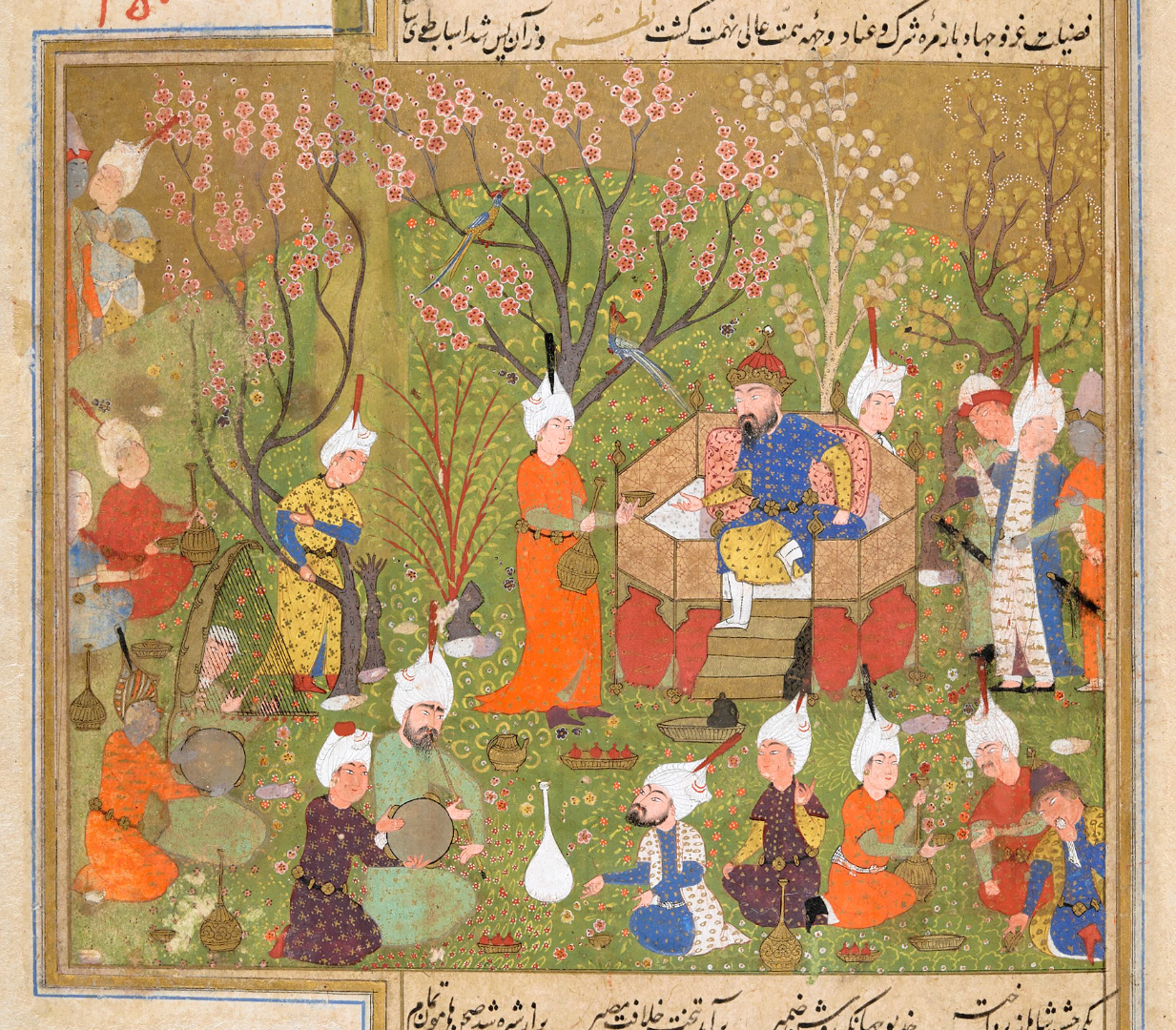
Here in the West, we are often used to see the Middle Ages almost exclusively from a Euro-centric point of view, overlooking the great historical importance of the East, its dynasties, and its conquerors. This obviously goes for art and illumination as well: that is why today, on the anniversary of the birth of one of the most influential (and bloodiest!) eastern emperors of all time, Folia Magazine decided to look into his story by choosing an illumination portraying our very protagonist. Meet Timur the Great!
Timur was born on April 9, 1336, a mere 80 km from the legendary city of Samarkand: his tribe was of Mongolian origins but had also been heavily "turkified", meaning that Timur's tribe professed Islam and was far less nomadic than most neighboring ones. From a very young age, Timur took part in raids against travelers and shepherds, eventually being wounded by two arrows, on in his right leg and one in his right hand, leaving him crippled for life: his European name, Tamerlane, comes in fact from the Persian Temūr Lang (or Timur Lank), meaning "Timur the Lame".
Boasting a shared ancestor with Genghis Khan, Timur's dream was to create an empire just as wide and powerful as that of the legendary Great Khan. Starting his career at only 16, he slowly but steadily climbed the stairs of power, gaining control of the Chagatai Khanate first and then leading campaigns across most of Asia, as well as southern Russia and part of Egypt, Syria, and the Delhi Sultanate in India. His campaigns led to the death of a total of 17 million people (5% of the world population at the time). From these conquests, Timur founded the Timurid Empire, comprising modern-day Uzbekistan, Iran, Afghanistan, and much of Central Asia, as well as parts of contemporary Syria, Turkey, Kazakhstan, India, and Pakistan. His empire, however, was fragmented shortly after his death in 1405. One of his last plans was to invade China: in December 1404, while on a campaign against the Ming dynasty, he contracted pneumonia and died shortly after. Timur was buried in Gur-i Amir, his mausoleum in Samarkand.
His legacy is a very mixed one: despite his many bloodsheds, in fact, the Emperor was a great lover of art, poetry, and literature, and many parts of Asia saw a cultural blooming under his reign. Under the guidance of many great scholars, which he welcomed into his lush gardens, Timur was able to learn Persian, Mongolian, and Turkish; the golden age of Persian painting also began around this time, with artists refining the art of the book by combining paper, calligraphy, illumination, illustration, and binding in an extremely rich and colorful ensemble. Many illuminated copies of the Zafarnama, Timur's biography, belong to this artistic movement. Even centuries after his death, Timur maintained his fame, inspiring several authors such as Christopher Marlowe (Tamburlaine the Great, 1586-87), Antonio Vivaldi (Bajazet or The Tamerlane, 1735), and Edgar Allan Poe (Tamerlane, 1827).
A "fun" fact: Timur is also the protagonist of an alleged curse. It is said that his tomb was inscribed with the words "When I rise from the dead, the world shall tremble"; this, however, did not stop the group of Soviet anthropologists who, in 1941, exhumed Timur's body. It is also said that they found an additional inscription inside the casket, reading "Whomsoever opens my tomb shall unleash an invader more terrible than I". Only three days after the exhumation, coincidentally, Adolf Hitler began Operation Barbarossa, code name for the invasion of the Soviet Union and the largest military invasion of all time.
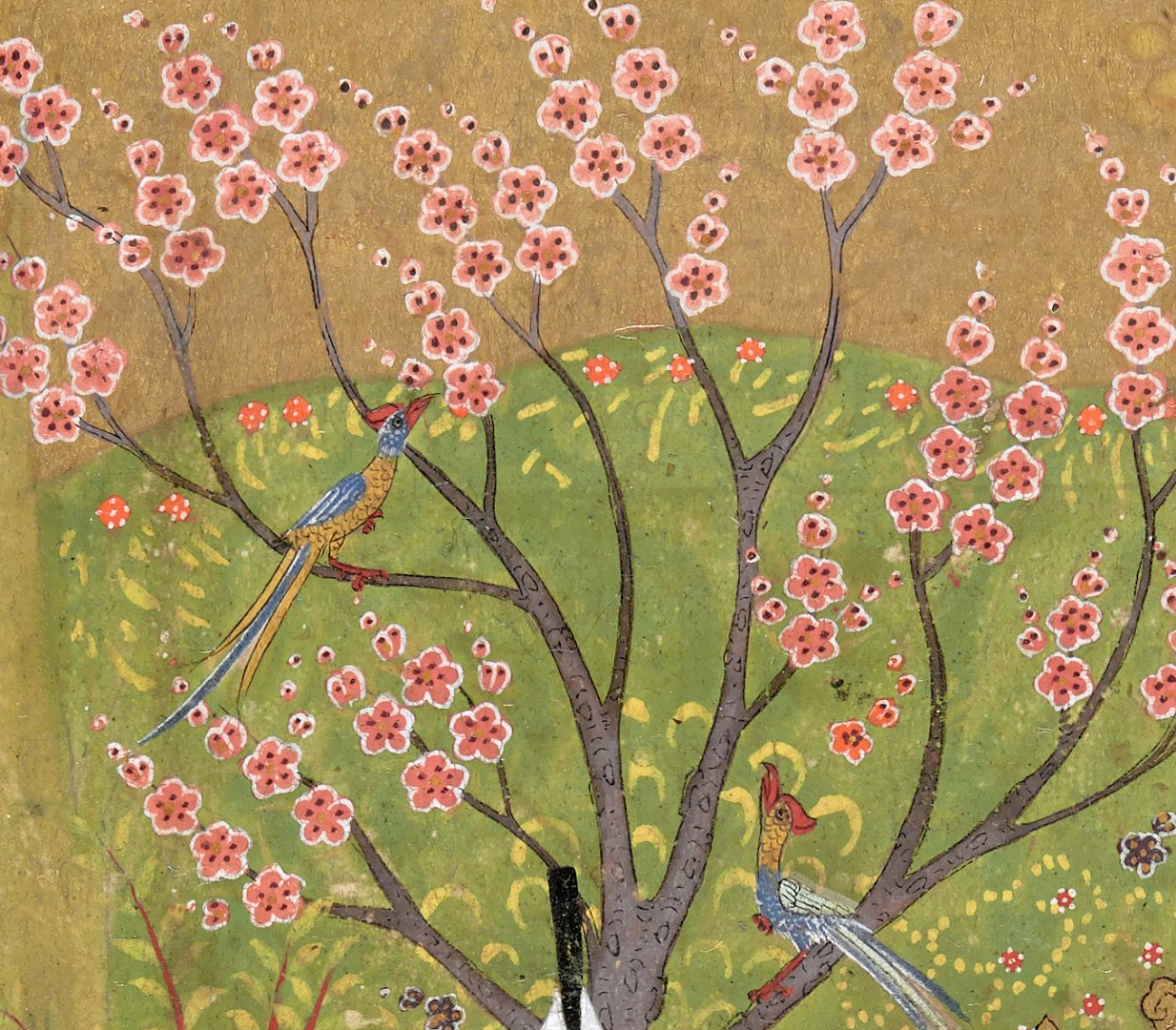
Illumination from the manuscript "Zafarnama" (or Tārīkh-i jahāngushāʼī-yi Taymūr), ms. IO Islamic 137, f. 326r, 1533, British Library, London.
Folia Magazine wishes all of you the happiest of Holidays with this delicate,…
The cover page of the Paradiso displays an architectural structure that is complex…
As the three poets continue their journey through Purgatory, they reach the sixth…
